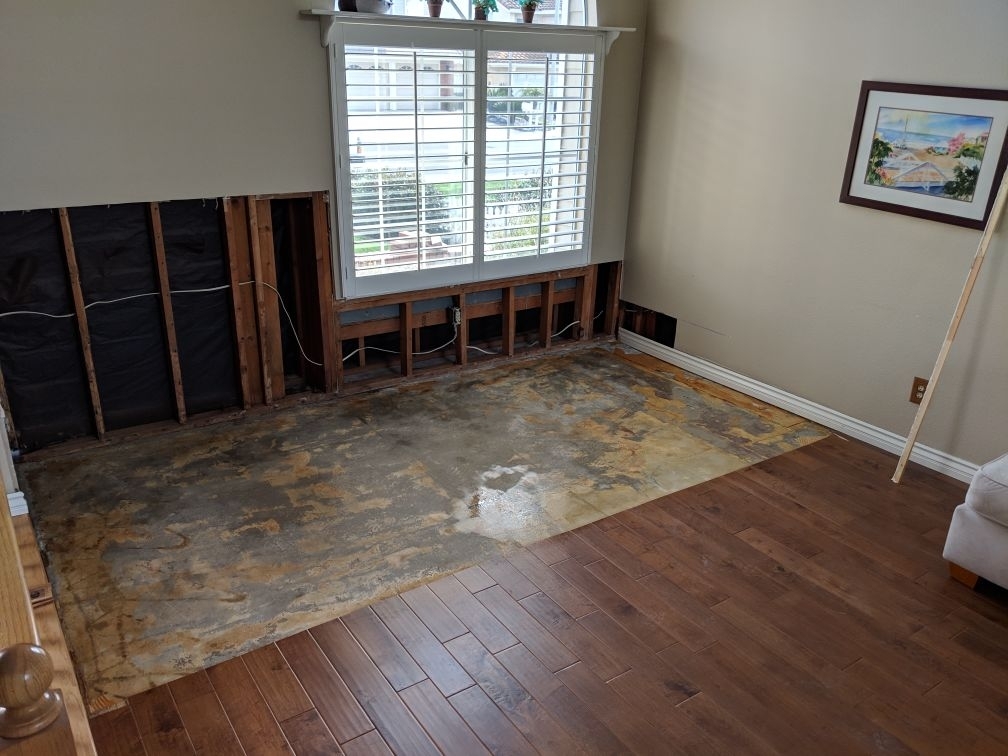How do you really feel on the subject of Preventing Fires and Water Damage In Your Home?

Though water provides life, water breach on components where it's not meant to be can cause damages. If the water soaks into your structure, it can peel away surfaces and also deteriorate the structure. Mold and mildew and also mildew also thrive in a wet atmosphere, which can be hazardous for your wellness. Residences with water damage smell musty and also old.
Water can originate from several sources such as tropical storms, floodings, burst pipes, leakages, as well as drain concerns. In case you experience water damage, it would be excellent to know some safety preventative measures. Here are a few standards on just how to handle water damages.
Do Prioritize House Insurance Protection
Water damages from flooding dues to heavy winds is seasonal. You can additionally experience a sudden flooding when a defective pipeline instantly bursts into your house. It would be best to have home insurance that covers both disasters such as natural calamities, and emergencies like busted plumbing.
Do Not Fail To Remember to Switch Off Utilities
In the event of a calamity, especially if you reside in a flood-prone area, it would be advisable to turn off the main electrical circuit. This cuts off power to your whole house, protecting against electrical shocks when water can be found in as it is a conductor. Do not fail to remember to transform off the main water line valve. Furniture will certainly move about and also cause damage when floodwaters are high. Having the primary valve shut down protects against additional damage.
Do Keep Proactive and Heed Weather Informs
Storm floodings can be very unforeseeable. Stay proactive and prepared if there is a history of flooding in your neighborhood. Listen to evacuation warnings if you live near a creek, river, or lake. Obtain prized possessions from the ground floor and cellar, after that placed them on the greatest feasible degree. Doing so minimizes prospective property damages.
Do Not Ignore the Roof
You can prevent rainfall damage if there are no holes as well as leaks in your roofing system. This will certainly avoid water from flowing down your walls and soaking your ceiling.
Do Take Notice Of Tiny Leakages
A ruptured pipeline does not occur over night. Typically, there are warnings that indicate you have damaged pipes in your house. You may see bubbling paint, peeling wallpaper, water touches, water discolorations, or leaking sounds behind the wall surfaces. At some point, this pipe will break. Ideally, you need to not wait on points to intensify. Have your plumbing fixed prior to it results in massive damages.
Do Not Panic in Case of a Ruptured Pipeline
Maintaining your presence of mind is important in a time of dilemma. Panicking will only compound the problem since it will certainly suppress you from acting fast. Timing is vital when it comes to water damages. The longer you wait, the even more damage you can expect. Thus, if a pipe bursts in your home, immediately shut off your major water shutoff to cut off the source. Unplug all electrical outlets in the location or turn off the circuit breaker for that part of the residence. Lastly, call a reputable water damages reconstruction professional for support.
Water provides life, water intrusion on parts where it's not meant to be can result in damages. Residences with water damage scent musty and old.
Water damages from flooding charges to heavy winds is seasonal. You may notice bubbling paint, peeling off wallpaper, water touches, water stains, or dripping sounds behind the wall surfaces. When it comes to water damage, timing is crucial.
Some Do's & Don't When Dealing with a Water Damage
DO:
Make sure the water source has been eliminated. Contact a plumber if needed. Turn off circuit breakers supplying electricity to wet areas and unplug any electronics that are on wet carpet or surfaces Remove small furniture items Remove as much excess water as possible by mopping or blotting; Use WHITE towels to blot wet carpeting Wipe water from wooden furniture after removing anything on it Remove and prop up wet upholstery cushions for even drying (check for any bleeding) Pin up curtains or furniture skirts if needed Place aluminum foil, saucers or wood blocks between furniture legs and wet carpet Turn on air conditioning for maximum drying in winter and open windows in the summer Open any drawers and cabinets affected for complete drying but do not force them open Remove any valuable art objects or paintings to a safe, dry place Open any suitcases or luggage that may have been affected to dry, preferably in sunlight Hang any fur or leather goods to dry at room temperature Punch small holes in sagging ceilings to relieve trapped water (don't forget to place pans beneath!); however, if the ceiling is sagging extremely low, stay out of the room and we'll take care of it DO NOT:
Leave wet fabrics in place; dry them as soon as possible Leave books, magazines or any other colored items on wet carpets or floor Use your household vacuum to remove water Use TV's or other electronics/appliances while standing on wet carpets or floors; especially not on wet concrete floors Turn on ceiling fixtures if the ceiling is wet Turn your heat up, unless instructed otherwise

I ran across that post about 5 Home Safety Tips To Reduce The Risk Of Fire And Water Damage while exploring the search engines. Sharing is nice. Helping others is fun. Thanks a bunch for your time. Kindly come visit our website back soon.